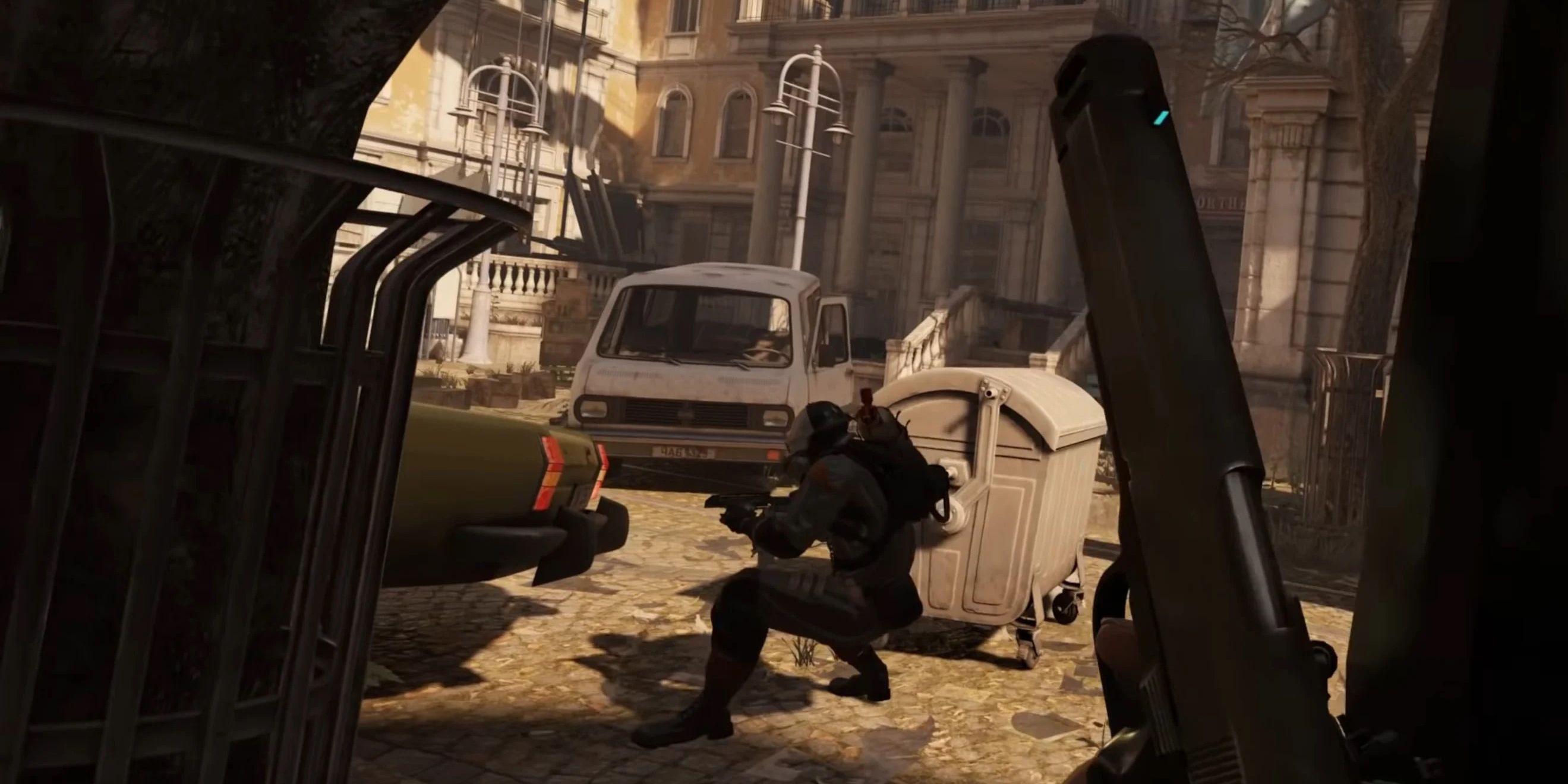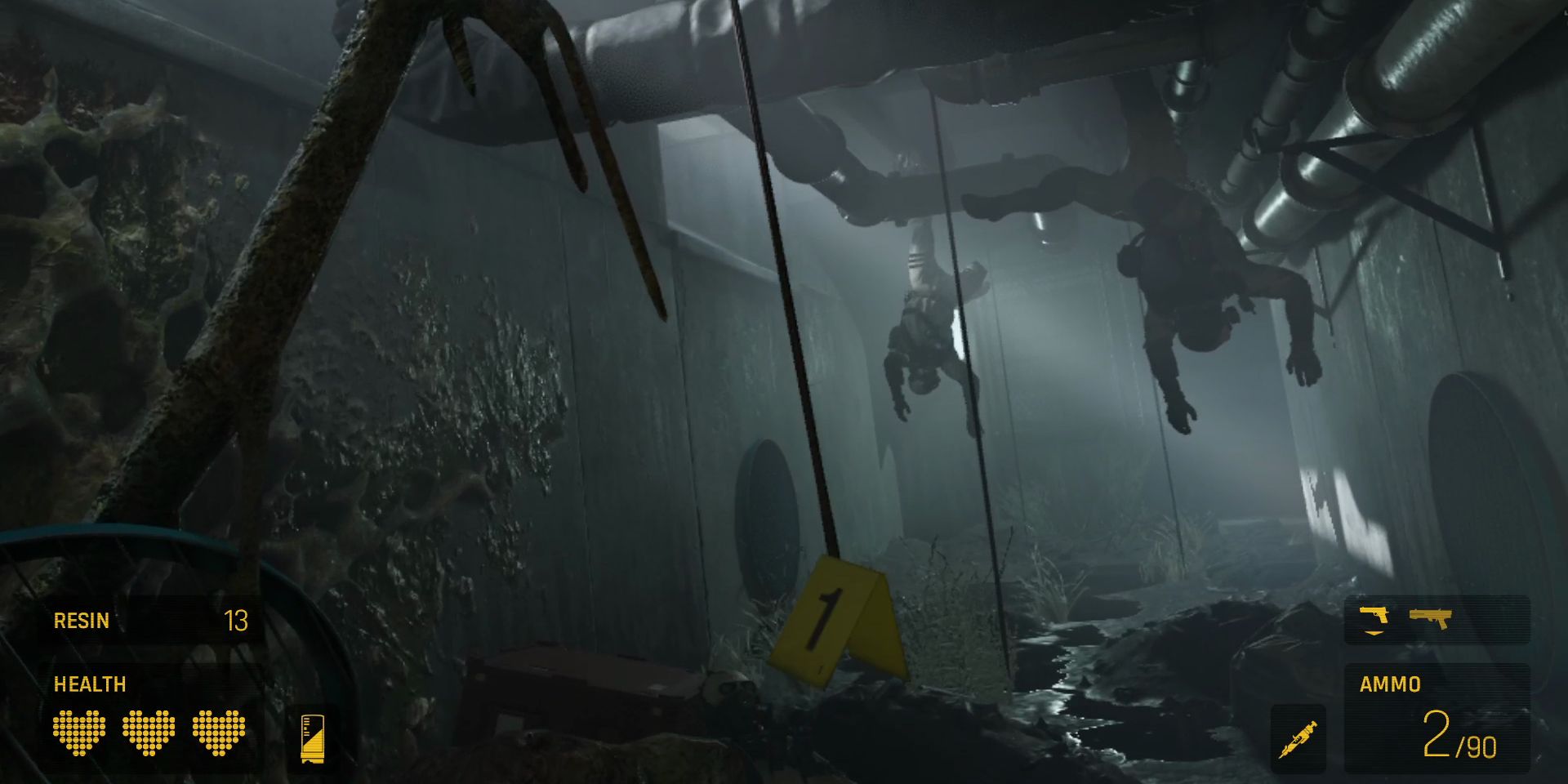Valve's Half-Life: Alyx was a landmark event in virtual reality, single-handedly selling hundreds of thousands of headsets and resetting expectations for how VR games should look and feel. So while smaller-scale rivals like Beat Saber and Pavlov are still as fun as ever, there's a new benchmark for the industry, at least in the minds of the public. For brevity's sake, it can be broken down into a few key points.
Half-Life: Alyx is first and foremost extremely polished, being a long-awaited follow-up to a classic series that many gamers thought was dead. Valve wanted the title - conveniently bundled with its expensive Index headset, though playable without - to push VR forward, and that meant delivering high-end graphics and animation. Gamers may be unwilling to put up with crude graphics once the novelty of VR wears off for them.
Another keyword is interactivity. Though not every object reacts the way players might like, the game does encourage things like opening drawers, rummaging through shelves, and tossing bottles, all simulated with Valve's signature physics. Environmental exploration is vital to solving Half-Life's puzzles, and it's almost more surprising when something can't be picked up or touched. True immersion requires that the world offer as much freedom as possible, something Valve seems to understand.
The True Genius of Half-Life: Alyx - Accessibility
Beyond anything else, however, Half-Life: Alyx is accessible to as many different styles of VR play as possible. It's at its best as a room-scale experience with full body and finger tracking, since players can crouch, lean, and even walk around a little, but it still works in confined spaces thanks to optional teleportation controls. It can even be played sitting down, thanks in part to Alyx's gravity gloves, which let her grab smaller objects, like Half-Life's new resin collectible, at a distance with a flick of her wrist. The need to reach high or low for in-game objects is a hassle of some other VR titles, but not here. It's likely players will see many competitors imitate the feature with or without some sort of fictional rationalization.
What also remains to be seen is whether Valve will carry on its inventions in future releases of its own, whether in Half-Life 3 or something else. Many gamers were disappointed then they learned that Half-Life: Alyx would be VR-exclusive - not because they hate VR, but because the game requires a $300-plus headset on top of a powerful gaming PC. Being so deeply invested in the technology, though, Valve seems likely to expand VR's boundaries further.


